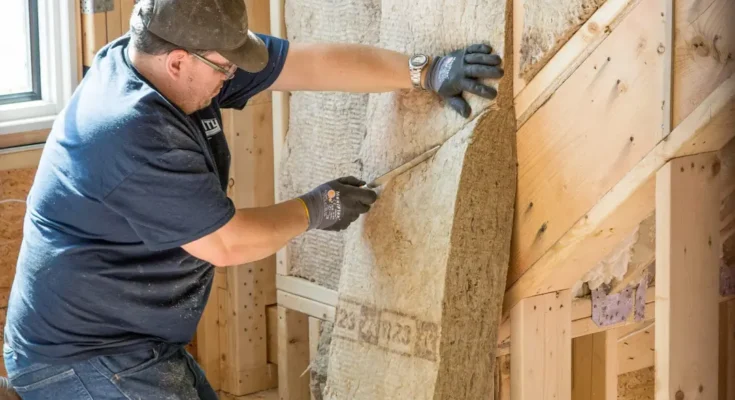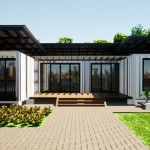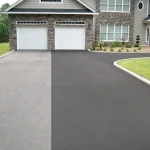If you’ve ever opened your utility bill and wondered why your heating or cooling costs seem unusually high, your exterior wall insulation might be the culprit. Exterior walls are one of the biggest sources of energy loss in any home—especially older houses that were built without modern insulation standards. Choosing the best insulation for exterior walls can dramatically improve comfort, reduce energy usage, and increase your home’s long-term value.
But between R-values, foam boards, fiberglass, mineral wool, spray foam, and a dozen installation methods, figuring out which insulation is right for your home can feel overwhelming. As someone who has worked hands-on with homeowners, builders, and insulation contractors for years, I’ve seen how the right material can completely transform a living space—both in performance and cost savings.
This guide breaks down everything you need to know, including real-world examples, professional insights, and clear explanations that make choosing the right material simple.
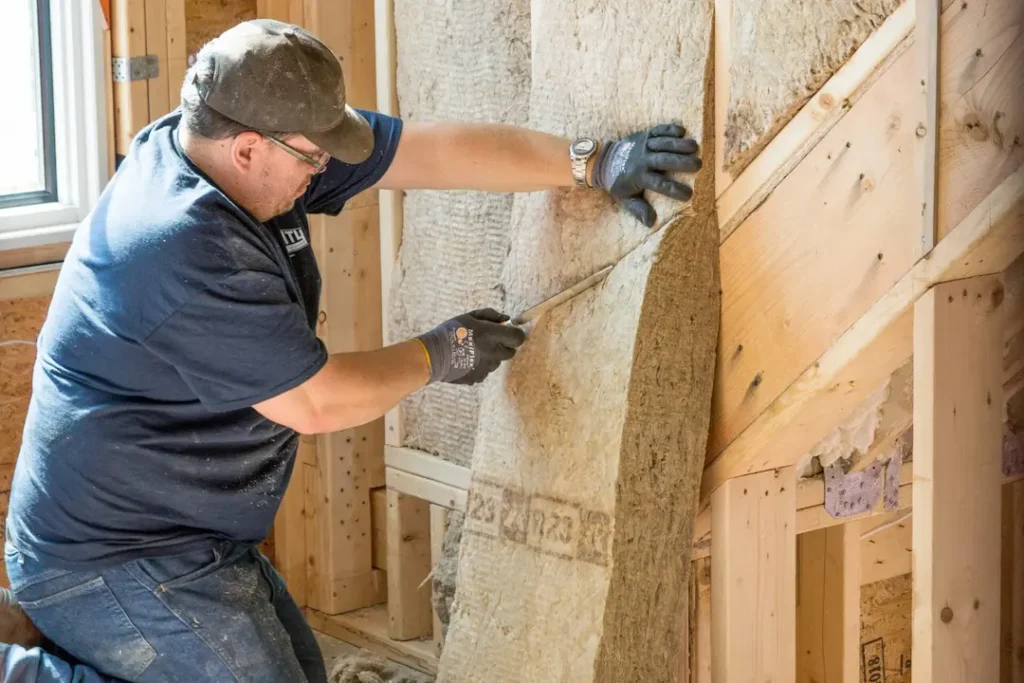
Content
Why Exterior Wall Insulation Matters More Than You Think
Exterior walls protect your home from heat, cold, wind, and moisture. When they’re not properly insulated, your HVAC system works overtime just to keep a stable temperature. Upgrading insulation isn’t just an energy-efficiency decision—it’s a comfort and durability upgrade.
Some key benefits include:
- Reduced heating and cooling costs
- Consistent indoor temperature
- Improved soundproofing
- Better moisture control
- Enhanced home value
Many homeowners I’ve worked with have seen up to 25% lower energy bills after upgrading to the right exterior wall insulation materials.
Best Insulation for Exterior Walls: Top Options to Consider
There isn’t a single “perfect” insulation for all homes. The best insulation for exterior walls in cold climates won’t necessarily be the top choice for homes in hot or humid regions. Your climate, wall structure, budget, and long-term goals all matter.
Below are the most reliable and efficient insulation types used in modern residential construction.
1. Foam Board Insulation (Rigid Foam Panels)
Great for: New construction, exterior retrofits, continuous insulation
R-Value: High (commonly R-4 to R-6.5 per inch)
Rigid foam boards—typically polyiso, EPS, or XPS—are one of the most popular solutions for exterior walls. They deliver excellent thermal resistance and help eliminate thermal bridging (heat loss through wall studs).
Why I Recommend It:
Foam board insulation is incredibly durable and moisture-resistant. It’s also cost-effective, making it ideal for homeowners looking for cost-effective insulation for exterior walls without sacrificing long-term performance.
Best Use Case:
Homes undergoing siding replacement or full exterior renovations.
2. Mineral Wool (Rockwool)
Great for: Fire-resistant projects, high-moisture areas, soundproofing
R-Value: R-3.3 to R-4 per inch
Mineral wool is becoming a favorite due to its fire resistance, water repellence, and sound-dampening properties. When I renovated an older brick home, mineral wool performed impressively in rooms facing noisy streets.
Benefits:
- Doesn’t absorb water
- Naturally pest-resistant
- Great acoustic insulation
This material is among the best residential wall insulation solutions for homes needing both thermal and acoustic control.
3. Fiberglass Batt Insulation
Great for: Budget-friendly installations, DIY
R-Value: R-2.9 to R-3.8 per inch
Fiberglass remains a widely used option due to its affordability and availability. While it doesn’t provide as much moisture resistance or density as mineral wool, it’s a good choice for interior stud walls.
Best Use Case:
Interior wall cavities in homes where a vapor barrier is installed separately.
4. Spray Foam Insulation
Great for: Maximum air sealing, irregular wall cavities, high-performance homes
Types: Open-cell & closed-cell
R-Value: Closed-cell up to R-7 per inch
Spray foam is one of the highest-performing wall insulation options. It expands to fill cracks and gaps, providing superior airtightness.
Why Builders Love It:
Closed-cell foam adds structural strength and offers excellent moisture protection.
Downside:
It’s more expensive than other materials and requires professional installation.
5. Blown-In Cellulose Insulation
Great for: Older homes, mid-budget retrofits
R-Value: R-3.2 to R-3.8 per inch
Cellulose is made from recycled materials and is ideal for filling irregular gaps in older wall cavities. It’s also one of the most energy-efficient home insulation materials for its cost.
How to Choose the Best Insulation for Exterior Walls
Selecting the right insulation depends on more than just R-value. Here are the factors I walk homeowners through during consultations:
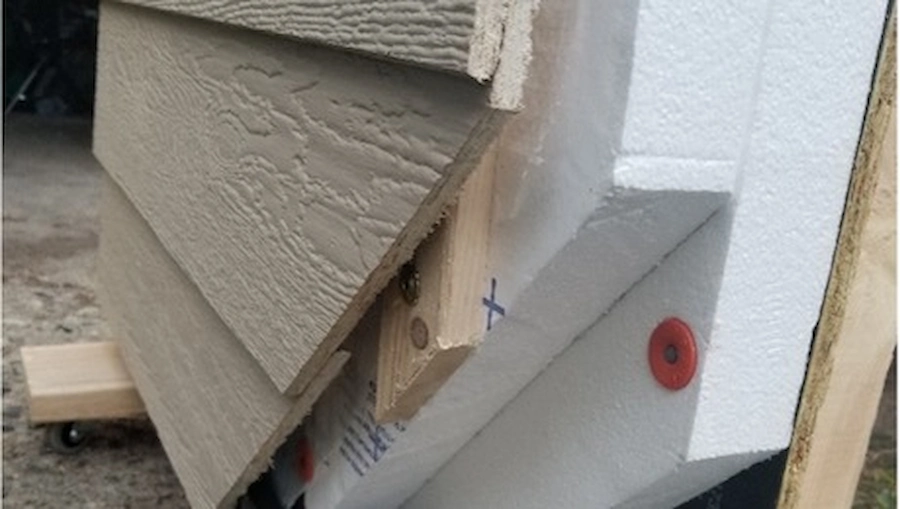
1. Climate Zone: Your First Consideration
Homes in colder areas require higher R-values. For example, the recommendation for best insulation for exterior walls in cold climates is often R-19 to R-25 or higher. Warmer climates may prioritize moisture control over purely high R-value insulation.
2. Your Home’s Construction
Different materials suit different wall types:
- Older brick homes: Cellulose or mineral wool
- Wood-frame houses: Fiberglass, foam board, or spray foam
- Metal-frame commercial buildings: Polyiso foam board
3. Budget and Long-Term Costs
If you’re looking for cost-effective insulation for exterior walls, foam board and cellulose provide a strong balance of price and performance. Spray foam offers the highest energy savings but has higher upfront costs.
4. Installation Method: DIY or Professional?
- DIY-friendly: Fiberglass batts, some foam boards
- Professional only: Spray foam, structural exterior foam retrofits
Real-Life Case Study: How the Right Insulation Saved a Homeowner 28% on Energy Bills
Last year, I worked with a homeowner named Adeel who lived in a 1980s-built home suffering from major temperature swings. In the winter, the living room was freezing; in summer, upstairs bedrooms felt like an oven.
Initial Problem:
- Thin fiberglass batts inside wall cavities
- No exterior insulation
- Frequent condensation issues on exterior walls
Recommended Solution:
We installed 2-inch polyiso foam board insulation externally, added a proper weather barrier, and replaced the old siding.
The Outcome:
- Energy bills dropped by 28% within the first year
- Humidity issues disappeared
- The home was noticeably quieter
- The indoor temperature remained stable even during heatwaves
Adeel later told me it was “the most cost-effective upgrade” he had ever made to the house.
Exterior Wall Insulation Types Explained Simply
Below is a quick guide using simplified explanations so homeowners can easily compare insulation types:
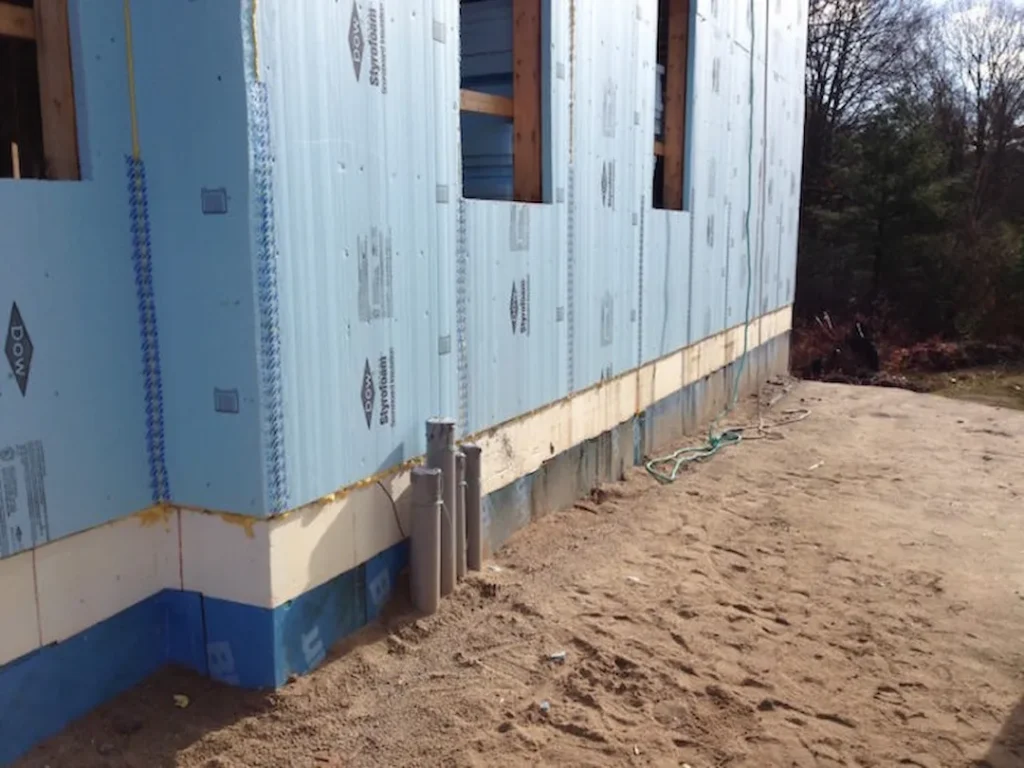
| Insulation Type | Best For | R-Value | Cost | DIY Friendly |
|---|---|---|---|---|
| Foam Board | Energy savings, retrofits | High | $$ | Medium |
| Mineral Wool | Moisture, soundproofing | Medium | $$ | Medium |
| Fiberglass | Budget installs | Low-Medium | $ | High |
| Spray Foam | Maximum performance | Very High | $$$ | No |
| Cellulose | Older homes | Medium | $$ | Medium |
This breakdown helps homeowners immediately see which wall insulation options match their needs.
Final Thoughts: Choosing the Right Insulation Means Long-Term Savings
Improving your home’s insulation isn’t just a renovation—it’s an investment in comfort, durability, and efficiency. Whether you choose foam board, mineral wool, fiberglass, cellulose, or spray foam, understanding your wall structure, climate, and long-term energy goals will help you pick the best insulation for exterior walls with confidence.
With the right planning—and the right material—you can enjoy a comfortable home, lower utility costs, and improved indoor air quality for decades to come.
Frequently Asked Questions About Exterior Wall Insulation
What is the best insulation for exterior walls?
Foam board and mineral wool are top choices for most homes, while spray foam offers the highest performance.
What R-value should exterior walls have?
Most homes benefit from R-15 to R-25, depending on climate.
Is exterior insulation better than interior?
Exterior insulation reduces thermal bridging and provides consistent thermal protection.
What insulation lasts the longest?
Foam board and mineral wool can last 50+ years with minimal degradation.

Christine Kelley is a dedicated home blogger who has been blogging for over six years. She covers everything home related. Christine also loves writing posts about her travels to Europe with her husband and two children.

